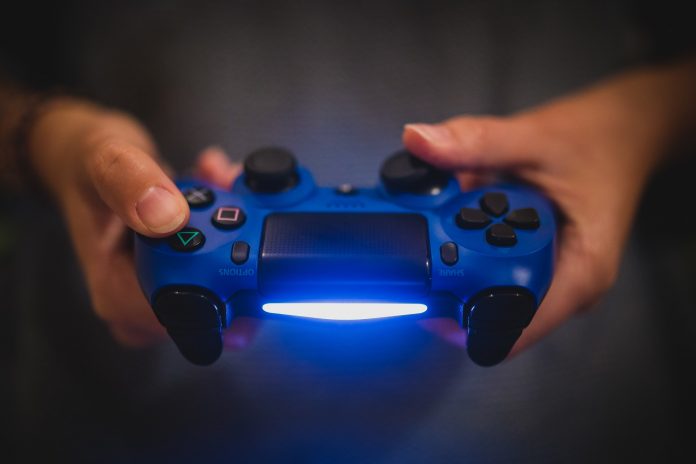
New research reveals that motility issues following a cerebral infarction can be improved by a type of cognitive training which includes video games.
The study, conducted by Basque Center on Cognition, Brain and Language (BCBL), Spain, and London Imperial College, UK, took place over three years and looked at 167 patients with brain injuries, such as a cerebral infarction, to see if combining certain types of physiotherapies is a more viable treatment.
The researchers accurately analysed the architecture of brain injuries in stroke patients and, as a result, better understood the motility problems from which patients with cerebral infarction suffer.
Exploring the extent of brain injury
By using ‘mapping’ performed with magnetic resonance, the scientists identified the affected part and the type and size of the lesion, then analysed the connectivity between the different areas of the brain.
This was followed by subjecting the patients to various motor tasks, some simple like grabbing an object with force.
Researchers found that these tasks were impaired in those patients who had injuries in the area of the brain involved in attention.
A new therapeutic pathway
Victims of cerebral infarction that lose a part of the mobility of their body traditionally undergo physiotherapy treatments, while patients suffering from learning or memory difficulties are given therapies based on the training of attention.
The study has opened the door to a new therapeutic pathway which complements the physical treatments received by these patients with therapies to overcome attention deficit disorders, such as using video games.
BCBL expert David Soto said: “Patients with brain injuries in attention control areas also suffer motility control problems, even when the movement required by the task is very simple.”
Knowing how the brain controls and moves
Soto explained that before the study it was thought that the control of movement and the attention control aspect were “different systems” with little relation to each other and so treatments developed for patients with cognitive injuries could not serve those with mobility problems.
The findings of this research, however, have shown otherwise.
Soto concluded: “We have to know first how our brain controls and moves to design effective therapeutic tools for stroke patients and specific therapies for each individual depending on where the injury has occurred.”
The next phase is a clinical trial involving patients suffering from motor skills disorders due to a stroke. Patients will be split into two groups: one will have physiotherapy and the other complementary cognitive training.
The study was published in the PNAS journal.









